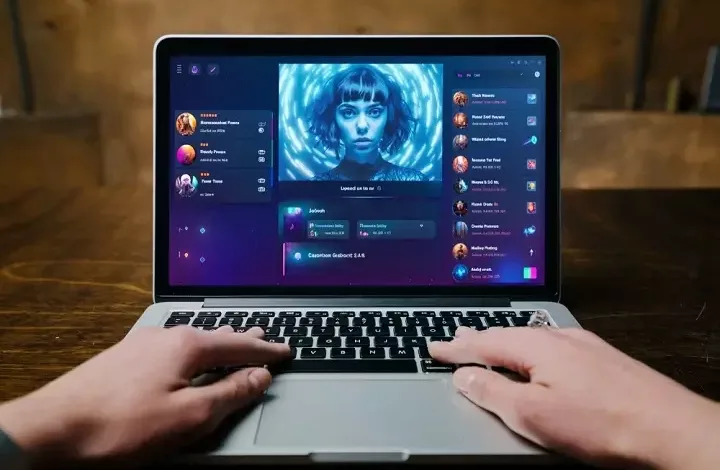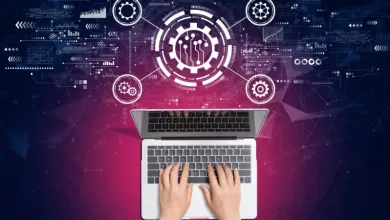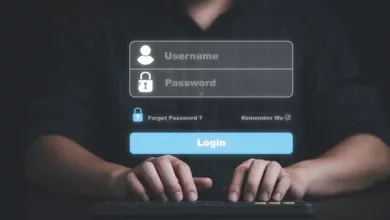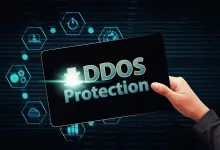The Ethics of AI Deepfake Video Generation: Unmasking the Challenges

In simple words, AI deepfake video generation is like a computer magic trick that can make fake videos of people saying and doing things they never actually did.
It uses smart computer programs to create videos that look and sound real by mixing different faces and voices.
This technology can be used for fun stuff like making cool videos or teaching things in a fun way. But it also has some problems because it can be used to make fake news or invade someone’s privacy.
So, we need to be careful and think about the good and bad sides of this computer magic.
What is AI Deepfake Technology?
AI deepfake video generation is like a smart computer program that uses different tricks to make fake videos. One trick involves two parts: a generator and a discriminator, which work together to make videos that look real.
Another trick is about changing one person’s face to look like someone else’s, using special techniques to blend the faces smoothly.
There is also a trick for making it seem like a person is saying something different by syncing their lip movements with someone else’s speech.
These tricks use things like facial landmarks, alignment, and blending to create videos that seem genuine, even though they’re not.
DeepBrain’s AI Deepfake video generation
DeepBrain has a super smart technology called AI deepfake video generation, which is like a super cool tool for making videos that look real but aren’t. It’s fancy because it uses the latest tech like computer vision, natural language processing, and deep learning.
With a big collection of human faces, voices, and actions, it can make videos that not only copy how people look and talk but also understand their feelings and intentions.
This tool can be used for fun, learning, and research, providing a special experience that connects the real world with the digital one.
Ethical Challenges in AI Deepfake Video Generation
Manipulation of truth and misinformation
A big problem with AI deepfake videos is that they can trick people and spread fake information. These videos can make things up, like fake news or lies, which can fool the public and impact how people think and act. This can mess with important stuff like elections, policies, and markets.
For instance, AI deepfake videos can be used to create and share misleading videos.
Privacy concerns for individuals targeted by deepfake content.
Another big problem with AI deepfake videos is that they can seriously invade people’s privacy. This happens when these videos use personal information like someone’s face or voice without their permission.
It can harm their personal and professional lives, like their relationships and careers. For instance, AI deepfake videos can be used to make and share videos that violate and exploit people’s privacy.
Potential misuse in politics, business, and personal relationships
Another problem with AI deepfake videos is that they can be used in the wrong way in politics, business, and personal relationships. People might misuse them to trick or harm others by making videos that influence important decisions, like in politics or business.
It can also damage the personal and professional lives of individuals and groups. For example, AI deepfake videos can be misused to create videos that cause harm for different reasons.
Unmasking the Risks and Consequences
The psychological impact of Deepfake
Making fake videos with AI deepfake technology can seriously affect people’s minds. Here are some ways it can mess with their feelings:
Feeling Nervous and Stressed: People might get anxious and stressed because they can’t predict or control what these fake videos might do to them. They might worry about being targeted, exposed, or harmed by these fake videos.
Feeling Sad and Less Confident: Seeing fake videos of themselves can make people feel down, like they’ve lost their identity or privacy.
It can also hurt their confidence and trust because they might be impersonated, exploited, or attacked in these videos.
Feeling Suspicious and Not Trusting Others: It becomes hard to tell what’s real and what’s fake. This can make people paranoid and not trust others, thinking they might be deceived or influenced by these fake videos. It can also break down trust in things like honesty and fairness.
Legal Implications
The use of AI deep fake videos also brings up legal issues and challenges, like:
Lack of Clear Rules: There aren’t clear and consistent laws that say what’s allowed or not allowed with AI deepfake videos. These laws should protect the rights of people affected by these videos, like the right to privacy and reputation.
Finding the Guilty Ones is Hard: It’s tough to figure out who’s making and sharing these fake videos because the internet and AI tech allow people to stay anonymous and work from anywhere. Proving who’s responsible is also tricky.
Conflicting Laws: The laws about AI deepfake videos can sometimes clash. They need to find a balance between things like the freedom of expression and the right to know, and the need to protect individuals and groups from harm.
Current Efforts and Solutions
Existing Regulations and Laws
To tackle the problems with AI deepfake videos, some rules and laws have been suggested or put in place.
California Consumer Privacy Act (CCPA): This law in California gives people the right to control their info, like face and voice, which can be used in AI deepfake videos. Businesses must ask for permission before using or selling this info.
Malicious Deep Fake Prohibition Act: There’s a proposed law that wants to make it a crime to create and share AI deepfake videos for bad reasons, like committing fraud or causing harm. It also says creators should tell people if their videos are deepfakes and get permission from the people in the videos.
DEEPFAKES Accountability Act: Another proposed law suggests making it illegal to create and spread AI deepfake videos with the intent to harm or deceive others. It also says creators should let people know if their videos are deepfakes and get permission from the people in the videos. They also need to keep records of their work.
Technological Countermeasures
Apart from making laws, there are also some tech solutions to deal with AI-deep fake videos:
Deepfake Detection Algorithms: Smart computer programs that can look at videos and figure out if they’re deepfakes. They do this by spotting strange patterns or behaviors that don’t match normal ones, like odd movements or distortions in a person’s face.
Deepfake Awareness and Education: Programs and efforts to teach people about deepfakes. This includes helping the public and industry understand what deepfakes are, how they can affect us, and giving them the tools to recognize and fight against deepfake videos.
It’s like making sure people know how to read and understand media, so they won’t be tricked by fake videos.
Conclusion
AI deepfake video generation is a cool and new technology that can be used for fun, learning, and research. But it also brings some problems like making fake stuff, invading privacy, and being used the wrong way.
So, it’s crucial to have rules and make sure this technology is used responsibly and ethically, keeping in mind what’s good for people and society.
This technology keeps changing and getting better as developers learn more. It’s not a final destination but a journey that challenges us to explore, learn, and create.
It’s like a beginning that sparks a new era of content. So, it’s important for everyone to talk about and work together to solve the problems and make sure AI deepfake videos are used in a good way.
What do you think about AI deepfake videos? Share your thoughts with us.





